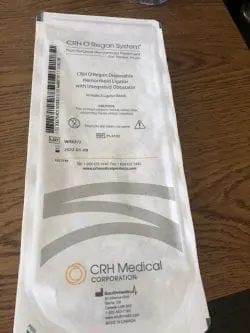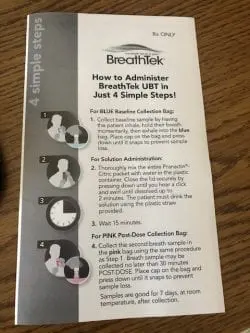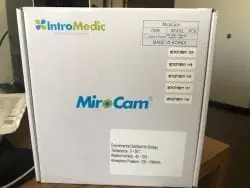The board-certified physicians at the Gastro Care Institute have significant experience in treating conditions, diseases and disorders that affect our patients’ digestive and gastro wellness. This expertise and our practice’s continued focus on utilizing the latest techniques and advanced technology during treatment, have helped us establish a reputation as a leader in gastro healthcare in Southern California. We are dedicated to providing a high-level of gastro care that is personalized, collaborative and patient-focused.










